This is something that most people never consider. But it’s pretty darn obvious. A group of tornadoes or hurricanes will flood, and destroy hundreds if not thousands of homes in the USA. We would watch the sad pictures, and hear the sad stories and they play over and over, and over on the American news media. Yet, where much larger, much more violent storms and typhoons hit China, the damage is minimal. Why?
In this article we explore the prime culprit. Which is the cheap, cheap, cheap flimsy building materials used throughout American homes today, compared to the stone, cement and steel buildings that are common throughout China.
You see, most of the world does not build “American style” homes. You will not find “McMansions” in Finland, or Russia, or in Australia. You won’t find them in the heart of Africa either. They are a uniquely “American” thing, based on material design, local building codes, and big profit margins.
Tornado strike Late 2021
Tornadoes are fearsome things. I’ve lived through them in Indiana, Ohio, Kentucky, West Virginia, Mississippi and Texas – Louisiana.
Text direct from Wikipedia.
A deadly late-season tornado outbreak, the largest and deadliest on record in December, produced catastrophic damage and numerous fatalities across portions of the Southern United States and Ohio Valley from the evening of December 10 to the early morning of December 11, 2021. The event developed as a trough progressed eastward across the United States, interacting with an unseasonably moist and unstable environment across the Mississippi Valley. Tornado activity began in northeastern Arkansas, before progressing into Missouri, Illinois, Tennessee, and Kentucky.
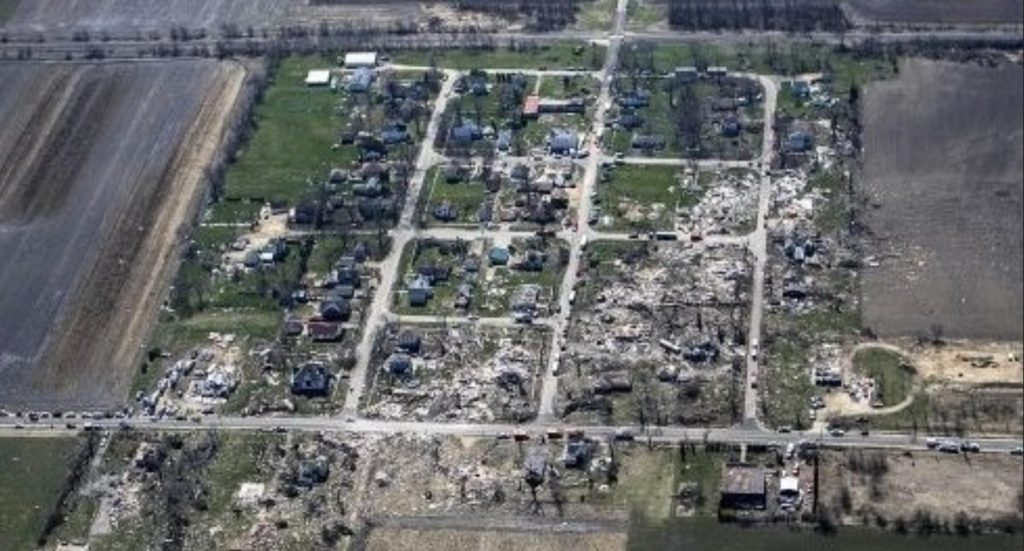
The most prolific activity was caused by a long-track supercell thunderstorm that produced a family of strong tornadoes that travelled across four Mid-South states. The first of these nocturnal tornadoes touched down in northeastern Arkansas, near Jonesboro and tracked through the Missouri Bootheel, ripping through towns such as Monette and Leachville, Arkansas, and Hayti and Caruthersville, Missouri. After crossing the Mississippi River into northwestern West Tennessee, that tornado dissipated, and a high-end EF4 tornado formed and moved through Western Kentucky, where the towns of Cayce, Mayfield, Benton, Princeton, Dawson Springs, and Bremen suffered severe to catastrophic damage.
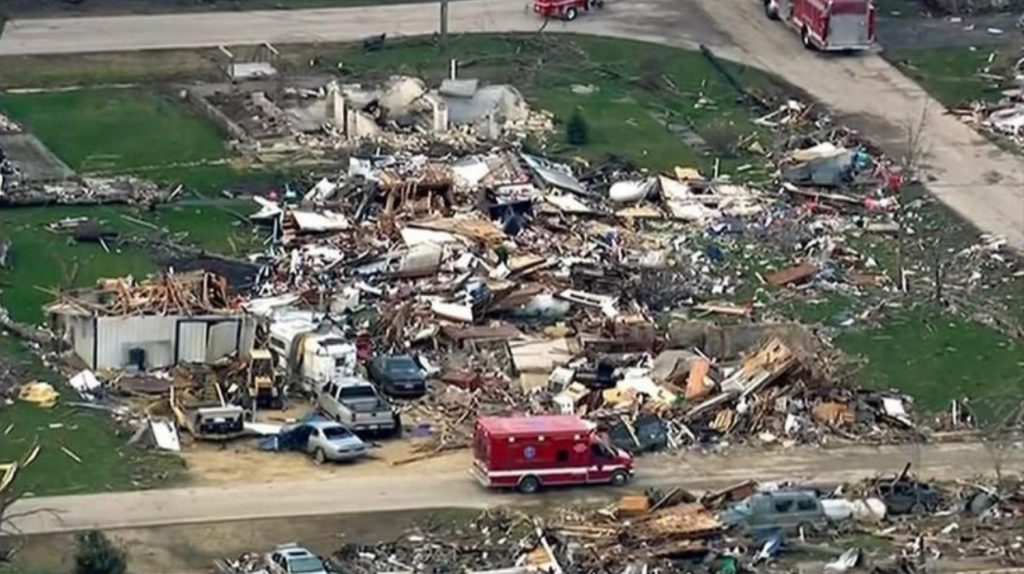
Early estimates suggested that the tornado family—identified by some media outlets as the “Quad-State tornado,” due to the storm’s similar characteristics to the Tri-State tornado that occurred 96 years prior—may have cut a path of up to 250 miles (400 km) across the affected areas. If it had been a single tornado, it would have surpassed the March 18, 1925, tornado event (which carved a 219-mile [352 km] path across Missouri, Illinois, and Indiana) in terms of path length.
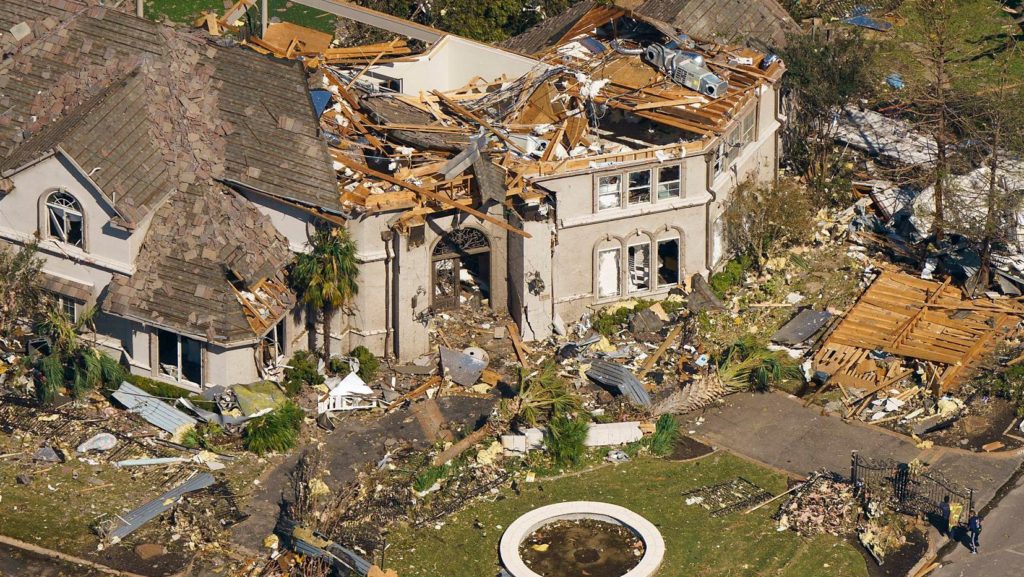
However, storm surveys found that the path was composed of two distinct EF4 tornadoes, with a break in the damage path over northwestern Obion County, Tennessee. Other tornadic thunderstorms affected portions of eastern Missouri, southern Illinois, West and Middle Tennessee, and Western and Central Kentucky during the late evening into the overnight hours of December 11, including four intense tornadoes that hit Bowling Green, Kentucky; Dresden, Tennessee; Edwardsville, Illinois; and Defiance, Missouri. This included a second supercell and tornado family, which produced an EF3 tornado tracking nearly 123 miles (198 km) in Tennessee and southern Kentucky, as well as numerous tornadoes, including three more rated EF3, throughout southern and central Kentucky.
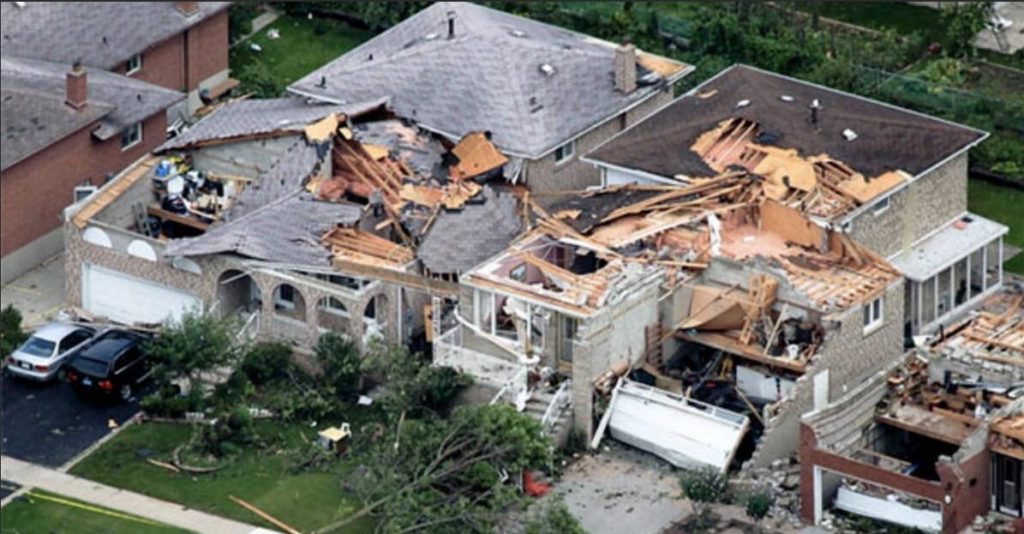
At least 91 people are confirmed to have been killed by the tornadoes, surpassing the Vicksburg, Mississippi tornado of December 5, 1953, which caused 38 fatalities, as the deadliest December tornado event ever recorded in the United States. Unconfirmed estimates suggest that the tornado outbreak may have caused over 100 deaths across five states, which would make it the deadliest tornado event in the United States since May 2011.
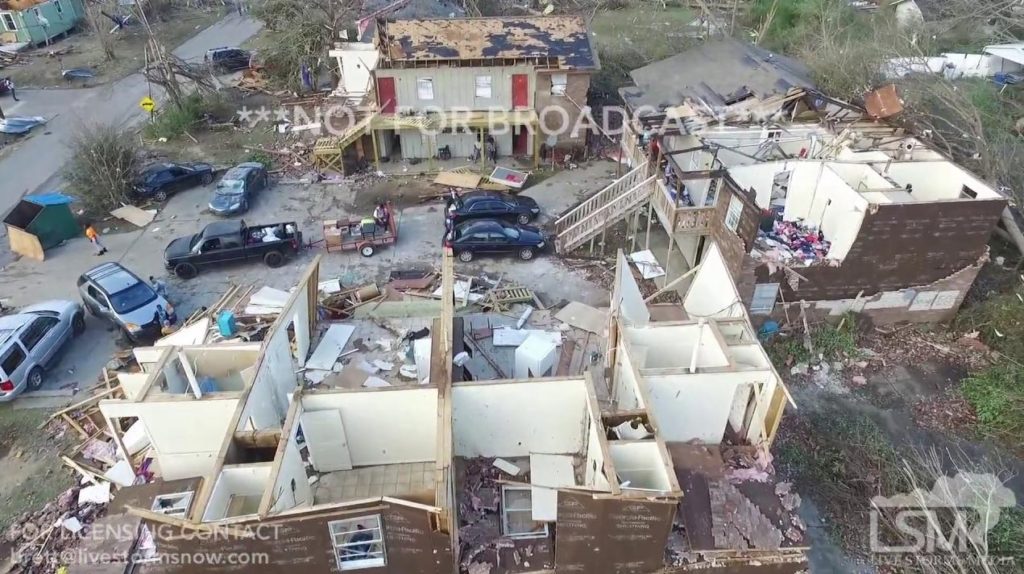
In Kentucky alone, at least 77 people have been confirmed dead so far, making the outbreak the deadliest tornado event in Kentucky history, surpassing the Louisville-area tornado of March 27, 1890, which killed 76 people; in addition, one person remains missing and at least 138 injuries have been reported in the state.
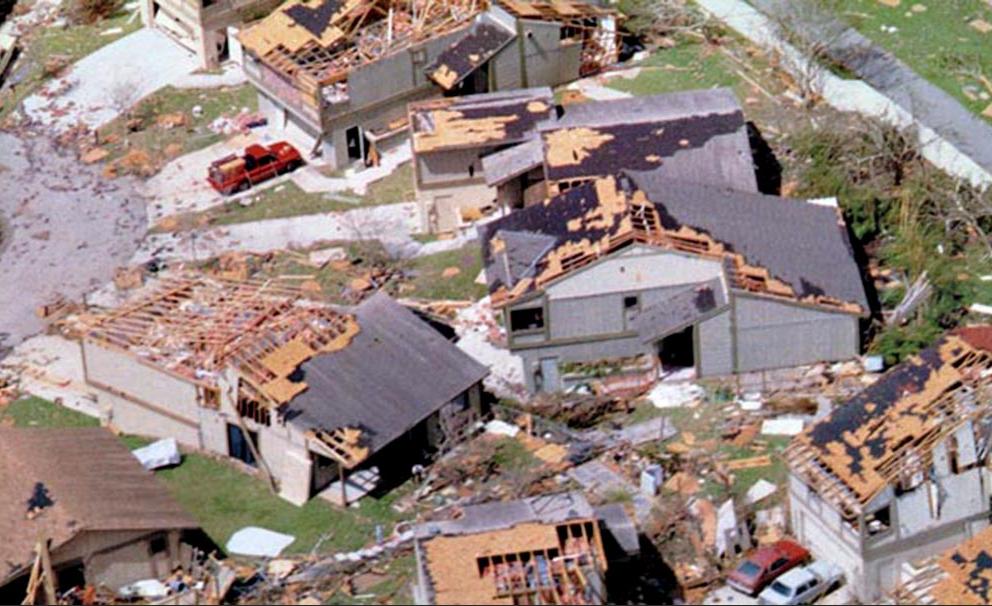
Super-Typhoon strike Zhuhai 2019
China has problems as well. There are typhoons, mud slides, massive rains, dust storms, and winter blizzards. The closest thing to a tornado strike like what hit the USA in December 2021 is a typhoon. Let’s look at the real nasty, big bad super typhoons that hit Zhuhai China and compare the damage.
From News24
The strongest typhoon to hit southern China in more than 40 years made its second landfall on Friday, authorities said, after leaving a trail of destruction and at least 64 dead in the neighboring Philippines.
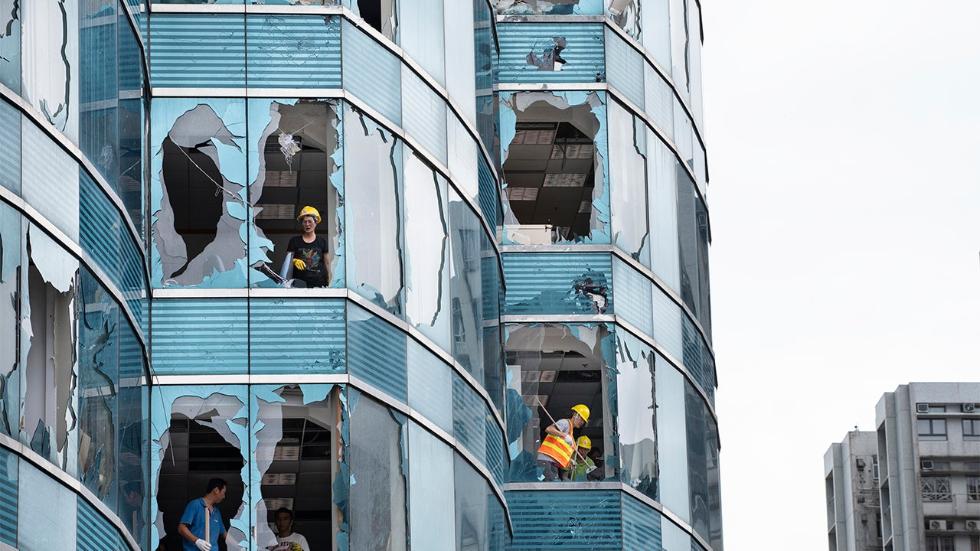
Super Typhoon Rammasun hit the city of Zhanjiang in south China’s Guangdong province on Friday night, local meteorological authorities said, according to the official Xinhua news agency.
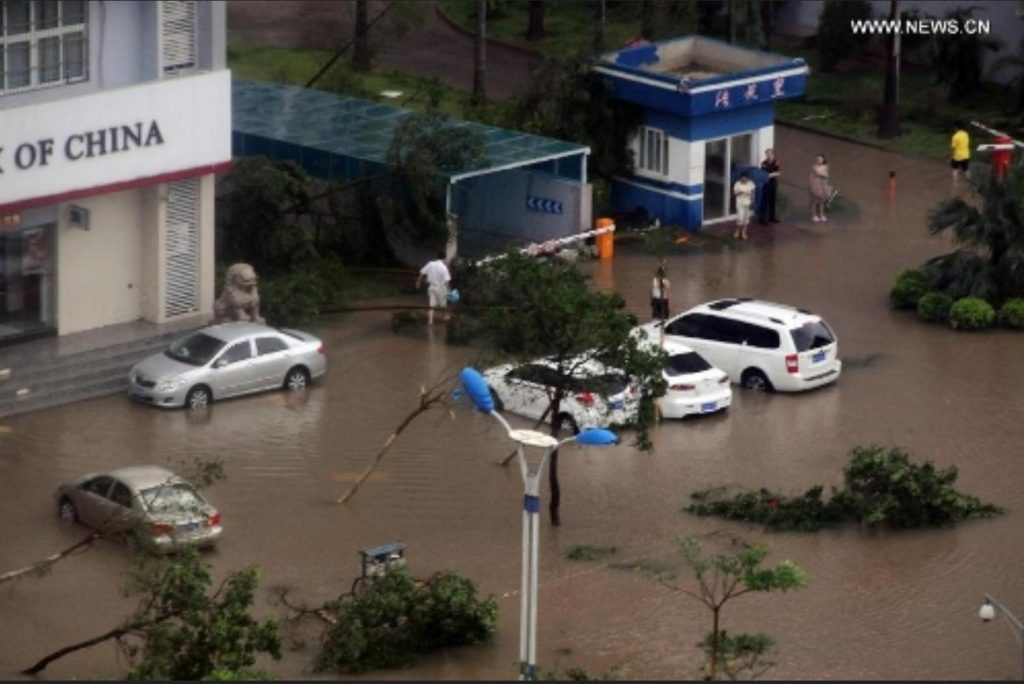
It first made landfall Friday afternoon on Hainan island, packing winds of up to 216km/h, China’s National Meteorological Centre (NMC) said.
The typhoon was expected to bring torrential rains and was the strongest storm to strike the country’s southern regions since 1973, the NMC said.
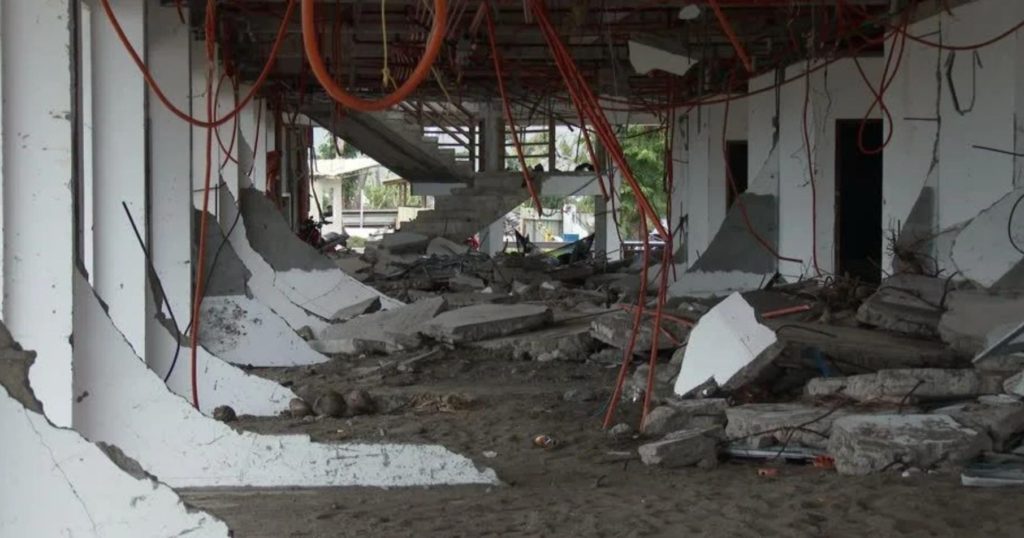
It claimed its first victim in China soon after coming ashore in Wenchang, Xinhua reported, when a man was killed by debris as his house collapsed.
State-run China Central Television in news bulletins showed images of wind-whipped trees in Hainan and high waves churned up by the typhoon.
“Strong Typhoon Rammasun is too frightening,” wrote one poster on Chinese social media, adding it “came ashore with fierce winds”.
“It’s raining so hard, the wipers won’t help and it’s hard to see the road ahead,” wrote another user riding in a taxi. “The road is full of water and tree branches, and the heavy wind has blown some branches onto the power cables.”
Why does it appear that American homes are so easily torn apart, while China homes still remain standing?
I argue that the reason lies in the basic construction features of American homes compared to the construction features of Chinese homes.
To use the old childhood story of “the three little pigs”; China builds houses out of bricks and stone, while America builds homes out of straw, sticks and paper.
The Three Little Pigs
Once upon a time there was an old mother pig who had three little pigs and not enough food to feed them. So when they were old enough, she sent them out into the world to seek their fortunes.
The first little pig was very lazy. He didn’t want to work at all and he built his house out of straw.
The second little pig worked a little bit harder but he was somewhat lazy too and he built his house out of sticks. Then, they sang and danced and played together the rest of the day.
The third little pig worked hard all day and built his house with bricks. It was a sturdy house complete with a fine fireplace and chimney. It looked like it could withstand the strongest winds.
The next day, a wolf happened to pass by the lane where the three little pigs lived; and he saw the straw house, and he smelled the pig inside. He thought the pig would make a mighty fine meal and his mouth began to water.
So he knocked on the door and said:
Little pig! Little pig! Let me in! Let me in!
But the little pig saw the wolf’s big paws through the keyhole, so he answered back:
No! No! No! Not by the hairs on my chinny chin chin!
Then the wolf showed his teeth and said:
Then I'll huff and I'll puff and I'll blow your house down.
So he huffed and he puffed and he blew the house down! The wolf opened his jaws very wide and bit down as hard as he could, but the first little pig escaped and ran away to hide with the second little pig.
The wolf continued down the lane and he passed by the second house made of sticks; and he saw the house, and he smelled the pigs inside, and his mouth began to water as he thought about the fine dinner they would make.
So he knocked on the door and said:
Little pigs! Little pigs! Let me in! Let me in!
But the little pigs saw the wolf’s pointy ears through the keyhole, so they answered back:
No! No! No! Not by the hairs on our chinny chin chin!
So the wolf showed his teeth and said:
Then I'll huff and I'll puff and I'll blow your house down!
So he huffed and he puffed and he blew the house down! The wolf was greedy and he tried to catch both pigs at once, but he was too greedy and got neither! His big jaws clamped down on nothing but air and the two little pigs scrambled away as fast as their little hooves would carry them.
The wolf chased them down the lane and he almost caught them. But they made it to the brick house and slammed the door closed before the wolf could catch them. The three little pigs they were very frightened, they knew the wolf wanted to eat them. And that was very, very true. The wolf hadn’t eaten all day and he had worked up a large appetite chasing the pigs around and now he could smell all three of them inside and he knew that the three little pigs would make a lovely feast.
So the wolf knocked on the door and said:
Little pigs! Little pigs! Let me in! Let me in!
But the little pigs saw the wolf’s narrow eyes through the keyhole, so they answered back:
No! No! No! Not by the hairs on our chinny chin chin!
So the wolf showed his teeth and said:
Then I'll huff and I'll puff and I'll blow your house down.
Well! he huffed and he puffed. He puffed and he huffed. And he huffed, huffed, and he puffed, puffed; but he could not blow the house down. At last, he was so out of breath that he couldn’t huff and he couldn’t puff anymore. So he stopped to rest and thought a bit.
But this was too much. The wolf danced about with rage and swore he would come down the chimney and eat up the little pig for his supper. But while he was climbing on to the roof the little pig made up a blazing fire and put on a big pot full of water to boil. Then, just as the wolf was coming down the chimney, the little piggy pulled off the lid, and plop! in fell the wolf into the scalding water.
So the little piggy put on the cover again, boiled the wolf up, and the three little pigs ate him for supper.
Yum!
Let’s compare the construction methodology
This point came home to me rather abruptly as I work with many, many factories supplying building and construction parts and assemblies for export all over the world. Yet, not for the United States. You see, I work with domestic Chinese-owned factories. While the exports going to the United States are actually American factories inside of China using Chinese labor. It’s all about the money, you see.
Anyways, I have tried to supply windows to the United States market, but sheech! their price targets are too low, and the materials used (as specified by the architects and the builders) are so ridiculously flimsy and cheap.
Let’s show some examples so you all can get and understand what I am talking about. Ok?
Comparisons – Windows
Most American windows are ultra-cheap vinyl. Usually they are single-pane tempered glass of around 6mm thick. There are sometimes dual pane glass, with a specification for an inert gas between the layers, but that is very rare these days. Most everything is on the cheap, cheap, cheap.
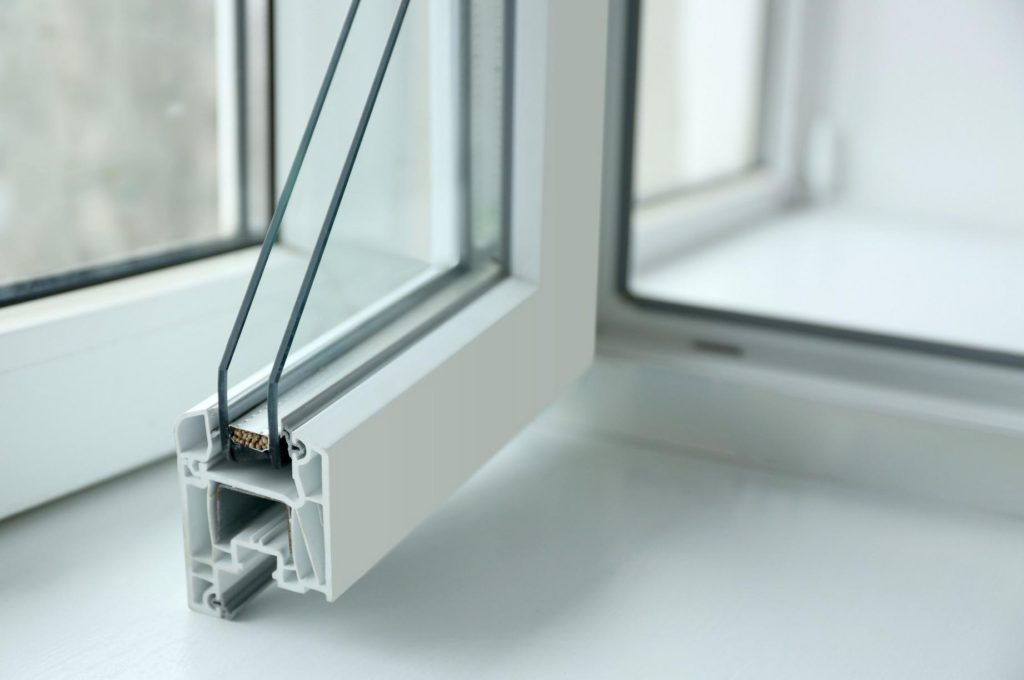
Most Chinese windows are thick dual pane glass with inner layers to prevent shattering. 20mm thickness is not unheard of. And the frames are not cheap plastic but are solid cast and machined aluminum, anodized and set on bearing hinges.
Here’s the Chinese equivalent of the above window…
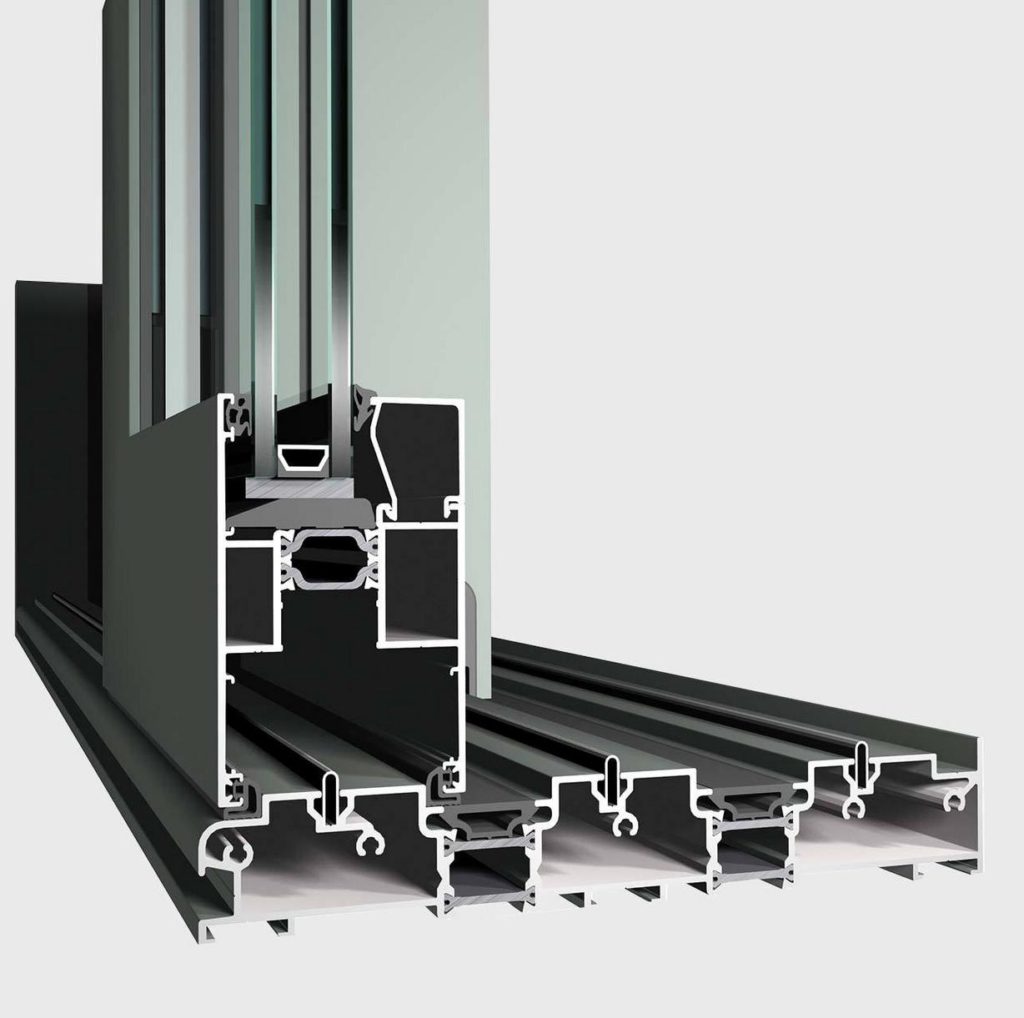
Chinese windows are robust, well made, sturdy and using aluminum, quality fittings, and components. American windows are made out of the cheapest materials possible, arranged in the most cost effective method possible, and priced as high as possible.
Would you believe that the high quality Chinese windows are actually CHEAPER than the flimsy plastic vinyl windows used in America? Yeah. It’s important to keep American dumb and stupid so that they can be forever sheared as for-profit cattle.
Comparisons – Doors
No comparison. Most export interior doors to the United States are truly pathetic.
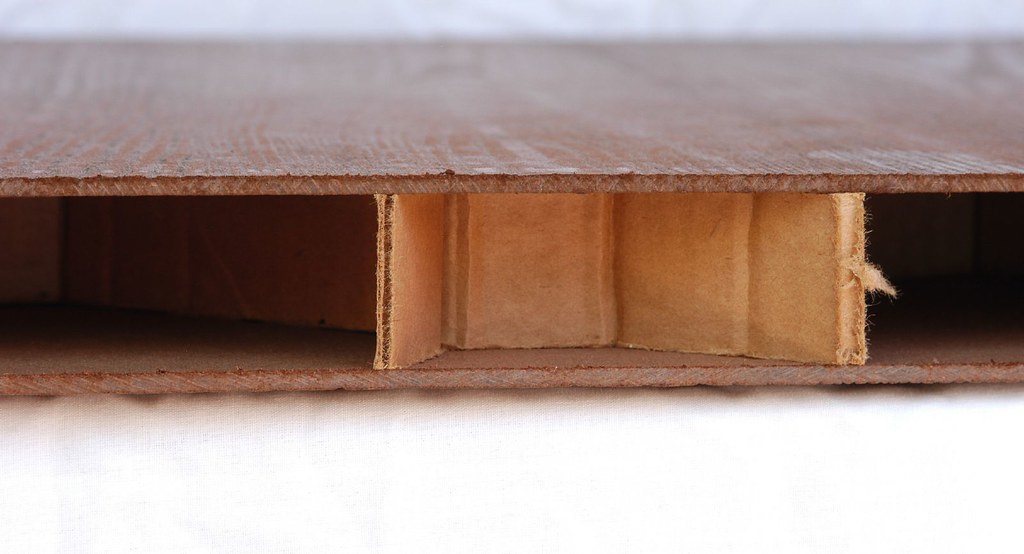
While inside China, all doors are either 100% solid wood, or wood over a closed cell sound insulation foam.

Comparisons – Counter tops
The big “thing” has been to use cheap stone countertops. These are made out of quartz and reinforced underneath. The importation of this cheap stone has been so enormous, that the US government has placed “dumping” restrictions on it. Never the less, local American quarries still produce the cheap countertops, but now charge large amounts of money for it.

The Chinese use higher quality stone. Mostly basalt, marble, and granite.
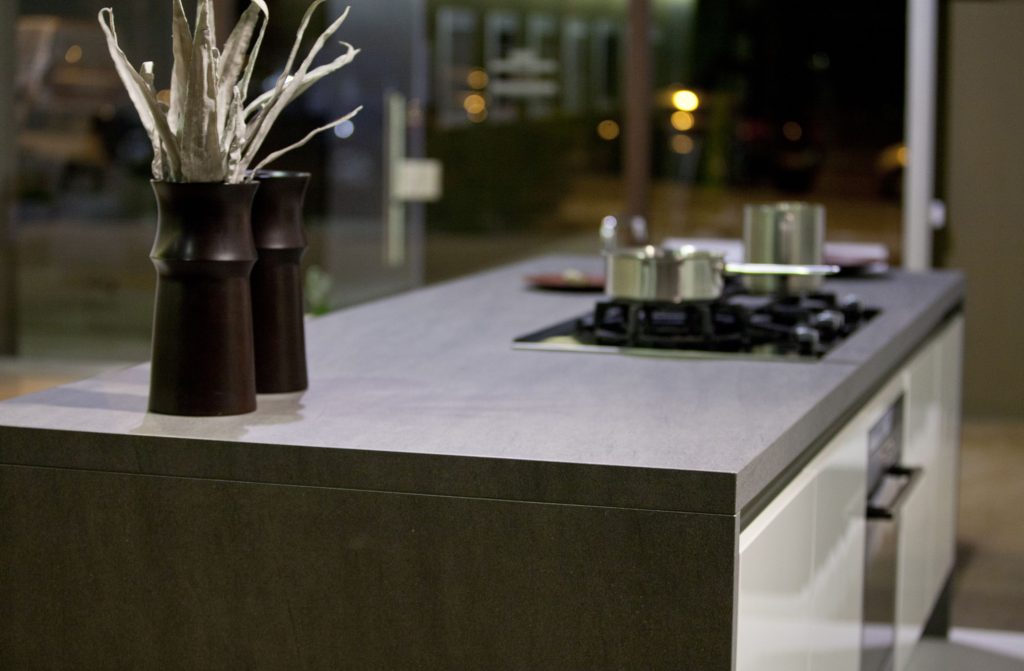
Comparisons – Walls
Most American homes these days are made out of 2×4 frames, and sheathed in drywall. This has changed, as there is now an even cheaper alternative to drywall (if you can believe that!) It’s compressed fiberboard. This video shows how pathetic it is… Video 9MB
While in China all homes are reinforced cement and stone, with marble, or granite, soapstone stone overlays over it. Yes, living in a typical Chinese house is like living in a museum.
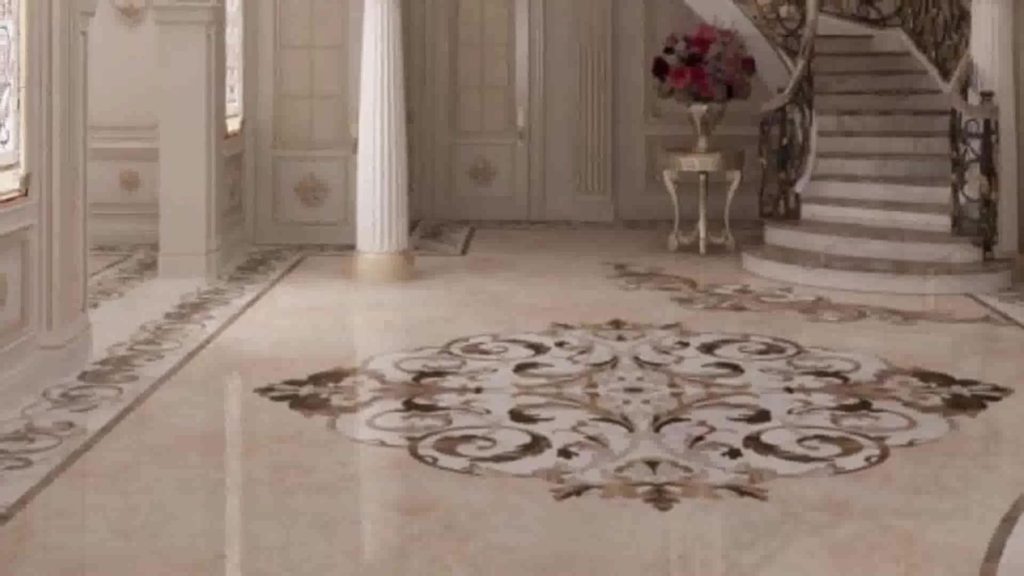
Comparisons – Flooring
In America, the typical residential flooring is a foundational plywood deck, covered by carpet, or a hardwood laminate. Rarely are actual wood floors used in modern American homes any more.
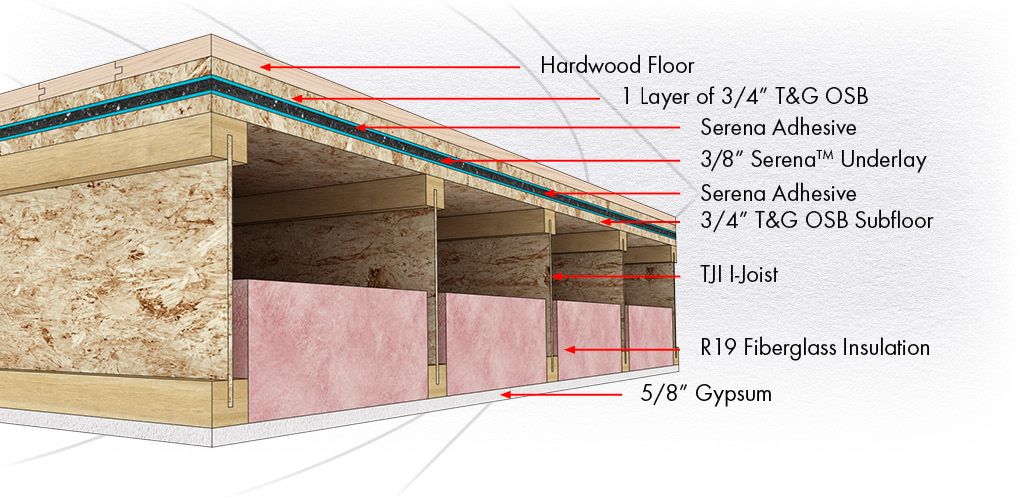
An China, the typical residential flooring is cement supported stone slabs or either marble, granite, or basalt.
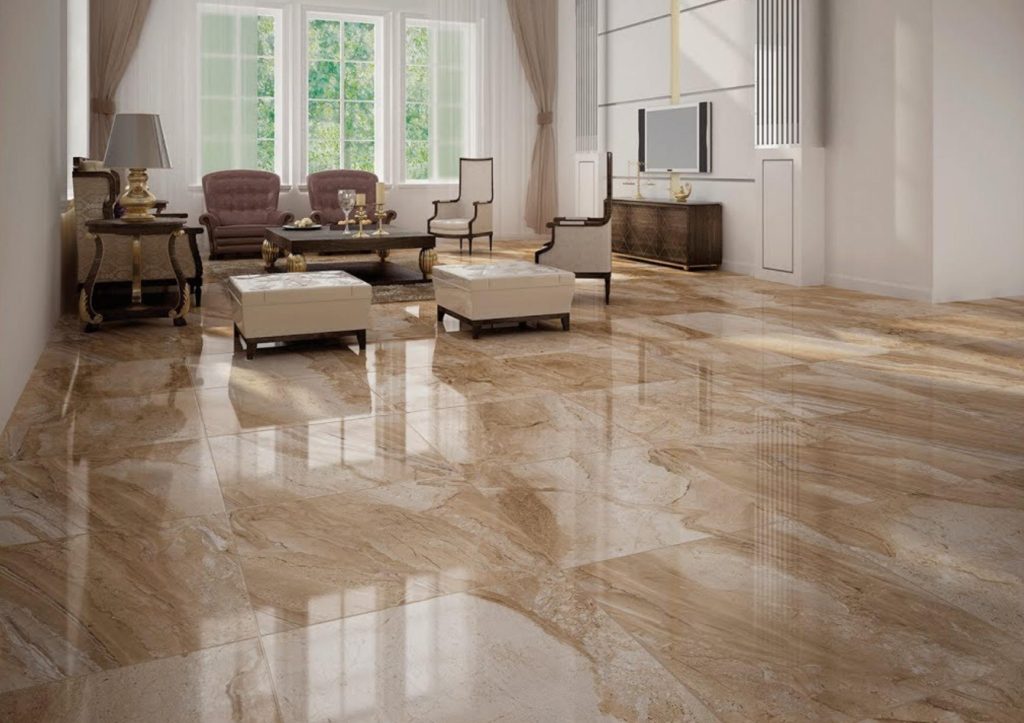
Some examples of Chinese house interiors
Conclusion
Perhaps you are starting to see my point.
If all of the “new” homes throughout America are made for little piggies who like twigs, straw and paper. While all the homes in China and Russia are made for little piggies who like bricks, concrete and stone (with reinforcement with steel rebar). Then what would happen if big bad wolves try to start a war?
Which homes would be easier to knock down? The flimsy cardboard and paper homes, or the stone and steel homes?
Obviously this part of the calculus has never entered the minds of the master leadership inside of Washington DC. If a mere CAT 1 tornado can take down a house anywhere in the USA, image what a 500 MT thermonuclear device would do.
It’s about risk. Like this…

Do you want more?
You can find more articles related to this in my latest index; A New Beginning. And in it are elements of the old, some elements regarding the transition, and some elements that look towards the future.
Comparisons.
Articles & Links
Master Index.
- You can start reading the articles by going HERE.
- You can visit the Index Page HERE to explore by article subject.
- You can also ask the author some questions. You can go HERE to find out how to go about this.
- You can find out more about the author HERE.
- If you have concerns or complaints, you can go HERE.
- If you want to make a donation, you can go HERE.

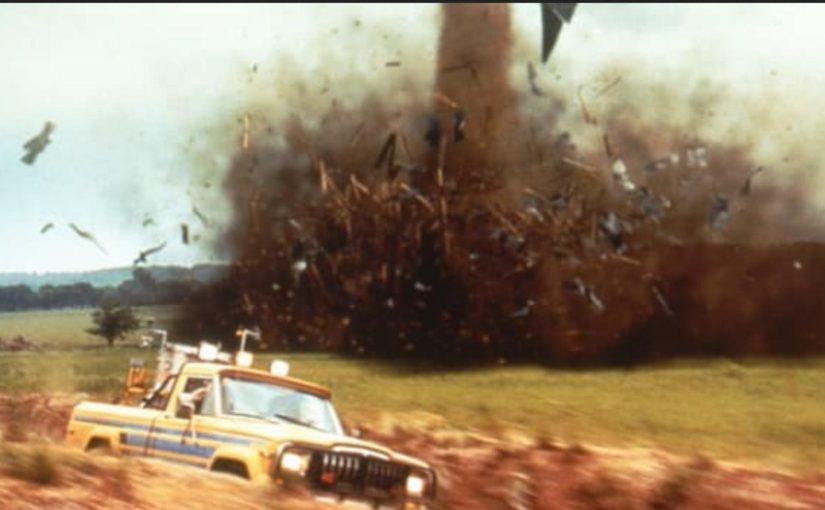

https://youtu.be/yRWmKh13b50
https://youtu.be/kI7a-9HRI54
Previews of our future. If we allow it. OG
The master leadership in DC doesn’t gives a rats ass about the peasantry. They’re too busy scheming & plundering. Same goes for any “democratic” country around the world.
Tornados have MUCH higher wind speeds than hurricanes or typhoons. Wind speeds in a tornado can be around 250 mph (~403 kph), with very low pressure. So they have different destructive capabilities.
No windows in new construction are single pane in the US. I doubt any state energy code would allow it. Double pane with inert gas has been standard in new construction for decades and is required by most state energy codes. There ARE many old homes with single pane windows. At the time they were built, most people in China were probably living in mud huts and heating/cooking with Yak dung – nothing wrong with that – it worked for thousands of years. Some over there still live in those and that’s OK – we know they are modernizing, many now have electricity. Aluminum frames may not be allowed in the USA due to energy codes – they conduct heat/cold, and condensation would form on them in the winter unless carefully constructed/insulated to prevent thermal bridging. Some people have wood framed windows in the USA. You can get them double or triple pane, and with all kind of reflective coatings to reflect summer heat, hold in winter heat.
I guess if you live in a high-rise, a flood would not be a huge issue as long as you’re above the water, but Americans like to live on their own land where they can go out on the back deck and shoot some clays, or some cans. Most of us don’t like living in ant hills. Most of us aren’t too fond of trains and public transportation either, but many people like being herded like sheep. That’s OK, it works – look at Joe Biden – he loves being herded like a sheep on Amtrak. 🙂
Most homes here have exterior walls made of 2×4 or 2×6 studs with interior vapor barrier and sheetrock, and with exterior 1/2″ plywood or OSB (usually OSB), then a water barrier (building wrap), and then the siding – cedar, or cement board (hardie plank), vinyl, etc. Not familiar with the DR Horton product in your video – couldn’t tell much about it so can’t really comment. Floors here are normally as you described – they are OK, but I’d prefer a concrete slab on grade myself (with insulation below it). I would not have a crawl space – they usually smell musty – all concrete basement would be OK, but not for me – has possible water issues, costs money.
Concrete walls would be good, as long as the insulation is on the outside so the mass of the concrete is inside to make heating/cooling easier. Not many homes made that way – costs money. Not worried about any 500 MT bombs – biggest detonated to date was 50 MT. AND no construction will withstand a sizeable nuke strike.
Thanks for the contribution. Personally, I love the “Craftsman style” homes and those big Victorian homes. I think that the McMansions are a travesty. My house in Mississippi was a cement slab with 2×4 frame, and drywall interior. Aside from the periodic flooding, it seemed to work just fine. Though most of the time that I lived in the Mid-West we lived in mobile homes and that’s pretty much cardboard construction. Shame. I grew up in a home built out of bricks sometime in the 1940’s. Now that was a house!